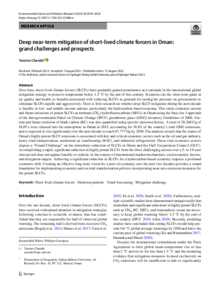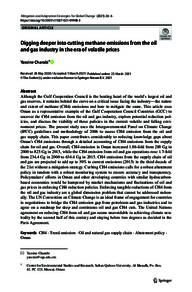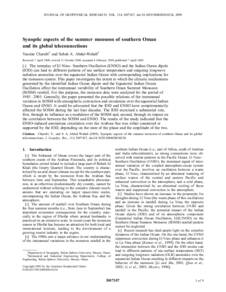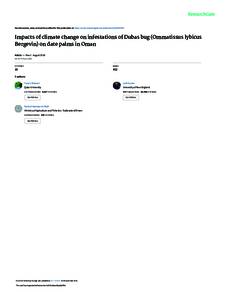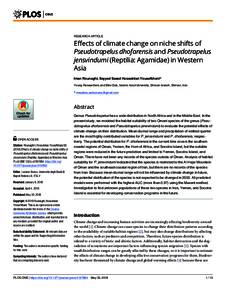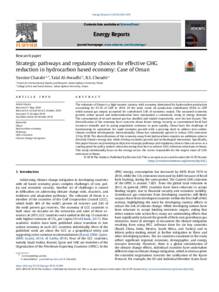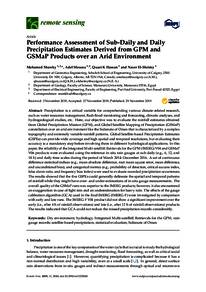Document
Deep near-term mitigation of short-lived climate forcers in Oman : grand challenges and prospects 1 of 1.
Identifier
DOI: 10.1007/s11356-022-22488-w
Source
Environmental Science and Pollution Research. v. 30, 2, p. 3918-3928.
Country
Germany.
City
Berlin
Publisher
Springer Science and Business Media Deutschland GmbH.
Gregorian
2023-01-01
Language
English
Subject
English abstract
Over time, short-lived climate forcers (SLCFs) have gradually gained prominence as a rationale in the international global mitigation strategy to preserve temperature below 1.5 °C by the end of this century. Scientists cite the short-term gains in air quality and health co-benefits associated with reducing SLCFs as grounds for raising the pressure on governments to eliminate SLCFs rapidly and aggressively. There is little research on whether deep SLCF mitigation during the next decade is feasible in low- and middle-income nations, particularly the hydrocarbon-based economy. This study estimates current and future emissions of potent SLCFs as methane (CH4) hydrofluorocarbons (HFCs) in Oman using the basic tier 1 approach of the Intergovernmental Panel on Climate Change (IPCC) greenhouse gases (GHG) inventory Guidelines of 2006. Current and future emission of black carbon (BC) was also quantified using specific emission factors. A total of 38,268 Gg of SLFCs were released into the atmosphere in Oman in 2015, accounting for 38.8% of the country’s total GHG emissions, and is expected to rise significantly over the next decade to reach 67,777 Gg by 2030. The analysis reveals that the source of Oman’s highly potent SLCF emissions is associated with key and critical economic sectors such as the oil and gas industry, heavy road transportation, residential air conditioning (RAC), and industrial refrigeration. These vital economic sectors impose a “Grand Challenge” on the immediate reduction of SLCFs in Oman and the Gulf Cooperation Council (GCC). Accomplishing a rapid, significant reduction in highly potent SLCFs from the three challenging sectors over a 5- to 10-year time period does not appear feasible or realistic in the context of international market mechanisms, socioeconomic factors, and mitigation targets. Achieving a significant reduction in SLCFs for a hydrocarbon-based economy requires a profound economic shift. Creating an effective long-term vision for a post-oil economy over the next two decades provides a sound foundation for implementing economic and societal transformation policies incorporating near-zero-emission measures for the potent SLCFs.
ISSN
0944-1344
Category
Journal articles

